Brown leaf with black spots
sylvainkalache
9 years ago
Featured Answer
Sort by:Oldest
Comments (13)
kudzu9
9 years agosylvainkalache
9 years agoRelated Professionals
Eustis Landscape Contractors · Fountain Valley Landscape Contractors · Framingham Landscape Contractors · Lebanon Landscape Contractors · Mastic Beach Landscape Contractors · Pompton Lakes Landscape Contractors · Waltham Landscape Contractors · West Coon Rapids Landscape Contractors · Yukon Landscape Contractors · Conyers Carpenters · Salem General Contractors · Aberdeen General Contractors · Binghamton General Contractors · Melville General Contractors · Milford Mill General Contractorskudzu9
9 years agosylvainkalache
9 years agokudzu9
9 years agotapla (mid-Michigan, USDA z5b-6a)
9 years agosylvainkalache
9 years agotapla (mid-Michigan, USDA z5b-6a)
9 years agosylvainkalache
9 years agokudzu9
9 years agosylvainkalache
9 years agotapla (mid-Michigan, USDA z5b-6a)
9 years ago
Related Stories

HOUSEKEEPINGOut, Darn Spot! Tips for Removing Carpet Stains
Know the right solutions and when to use them to prevent stains from pets, soda, chocolate, blood and more
Full Story
BLACKHow to Decorate With Brown, Black — or Both
Black is best for engineered materials; brown works great for textures — and more designer tips for working with these two classic colors
Full Story

GARDENING GUIDESHow to Fix Bare and Yellow Lawn Spots
Restore your turf’s good looks by reseeding unsightly patches
Full Story
GARDENING GUIDES6 Native Ground Covers for Tough, Dry Spots
Sun beating down on your sandy gravel? Thick shade darkening your clay soil? There’s a ground cover here for you
Full Story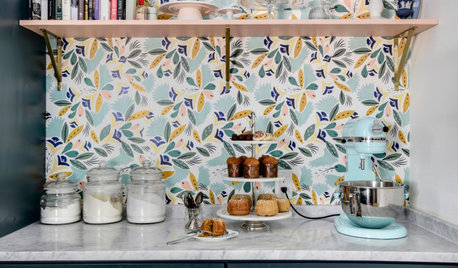
KITCHEN DESIGN12 Items Worth a Spot on Your Kitchen Counter
Keep these useful tools and accessories out in the open to maintain high function without spoiling the view
Full Story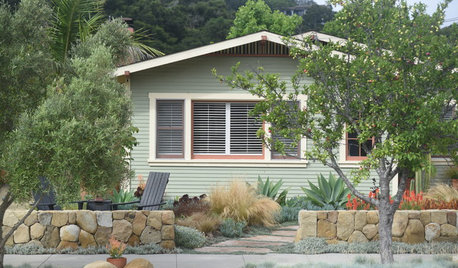
LANDSCAPE DESIGNHow and What to Plant in Dry, Sunny Spots
Save water and improve your site’s look with these design tips and help from a pro
Full Story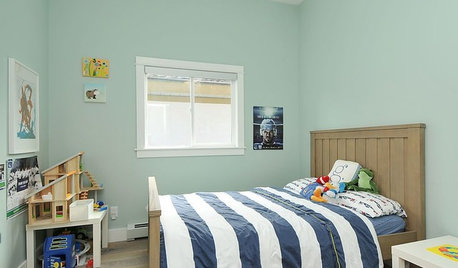
COLORGet a Soft Spot for Sea-Glass Green
Soften a room's look by washing its walls in this delightfully airy shade, no sand in your shoes required
Full Story
UPHOLSTERYSeeking a Quiet, Relaxed Spot? Try Upholstering Your Walls
Upholstery can envelop an entire room, a framed panel or a single wall. See some design options and learn what to expect
Full Story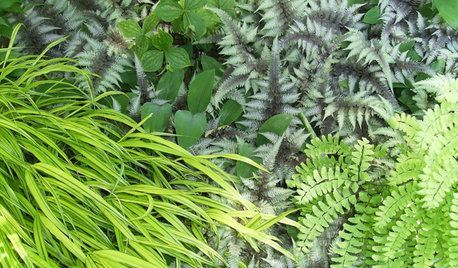
GARDENING GUIDES6 Fantastic Ferns to Enliven Shady Garden Spots
For long-term interest with little upkeep in challenging conditions, ferns might just be your garden's new best friend
Full Story






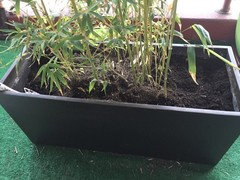
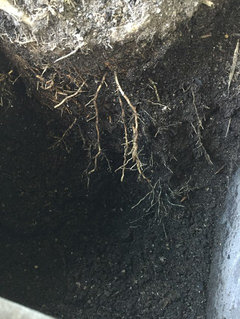
kudzu9